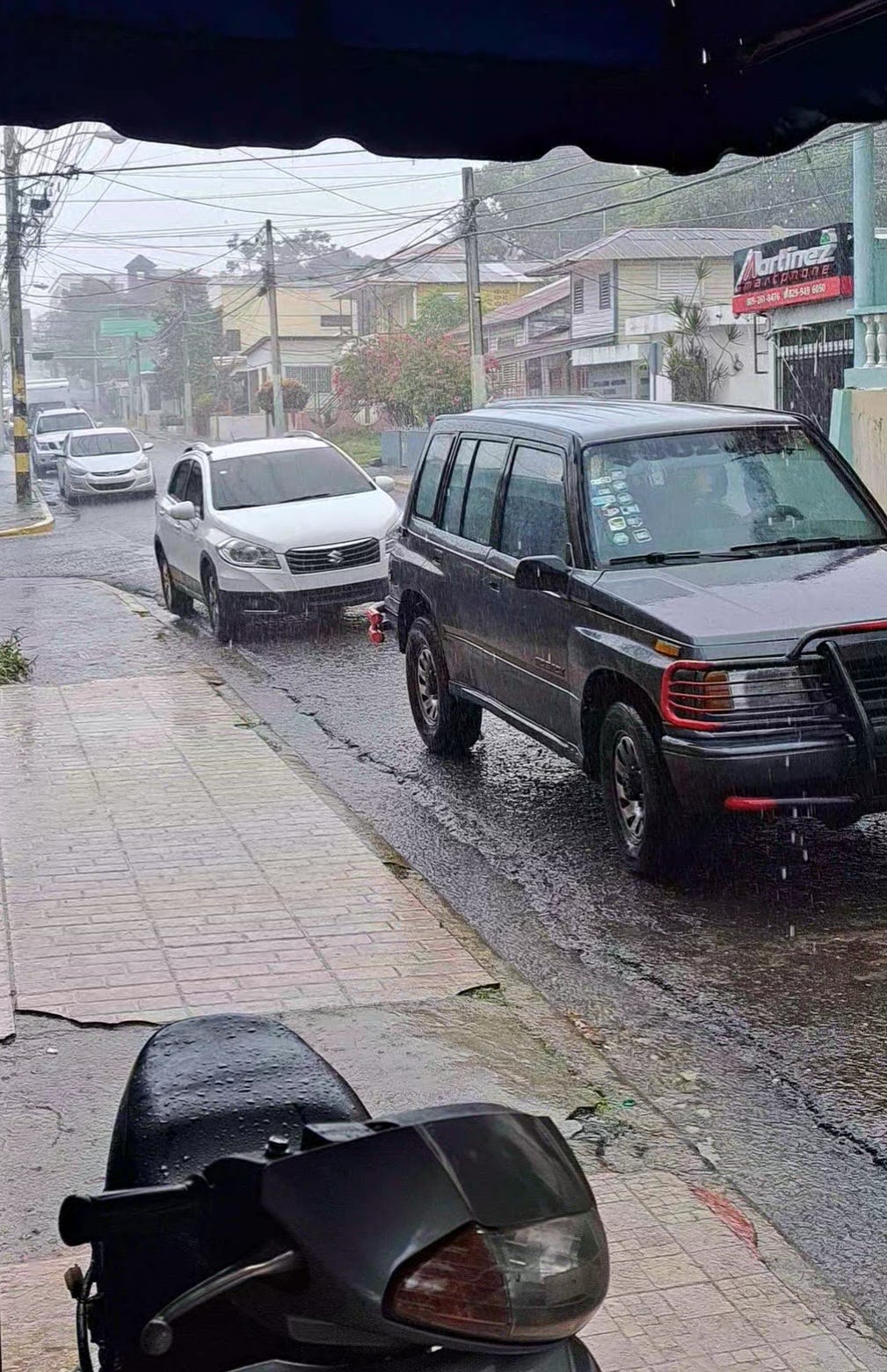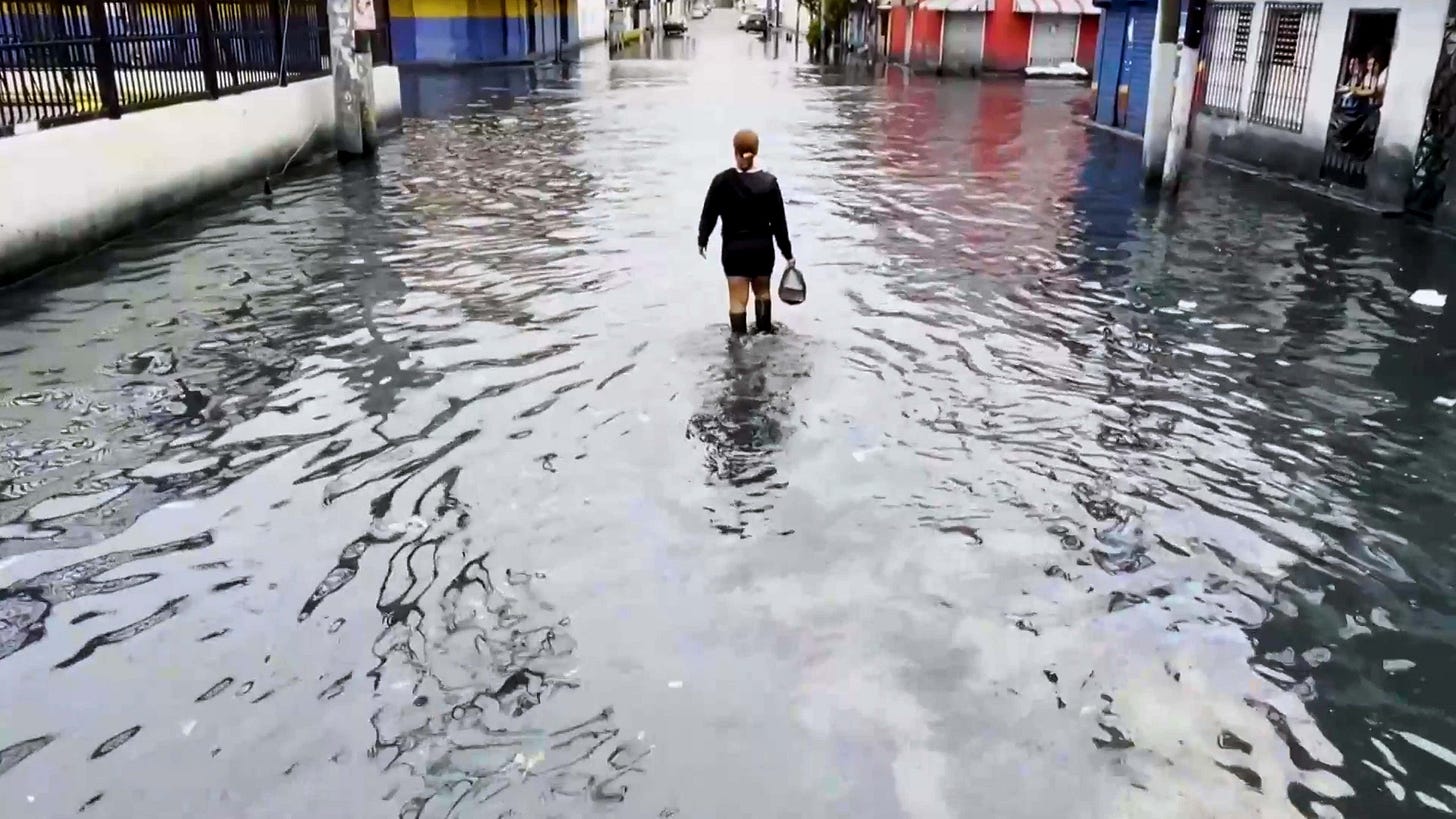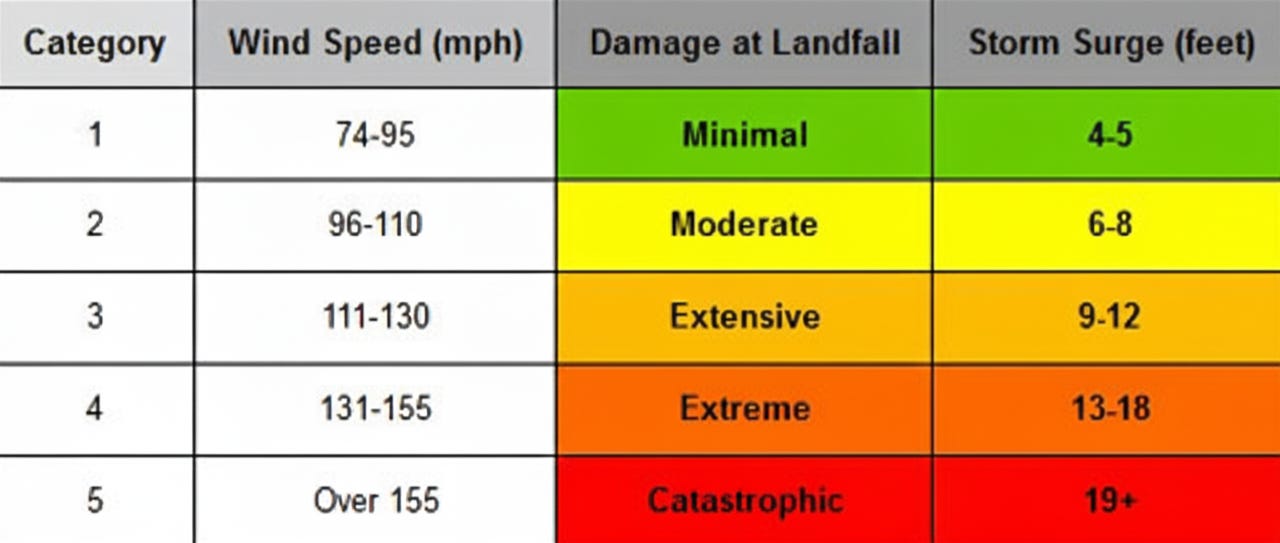Hurricane Season in Dominican Republic
My honest opinion and personal experience with hurricane season in the Dominican Republic. The hurricane season starts in June; its peak is mid-August to late October.
In the Dominican Republic, preparation starts with the boletín (the official bulletin). This key report is issued by the COE (Emergency Operations Center) and tells you the storm’s exact alert level and track.
The COE is the main government center you need to pay attention to for alerts and evacuation orders.
Here are some essential preparations: Always gather water for cooking and bathing, since flooding often contaminates the pipes and cuts off supply. Choosing to live on a street where the water flows downhill is a huge advantage. Definitely have candles, food, and gas for your stove, just in case.
Before I decided to move from North America, a key factor was driving the location decision. I love the Caribbean, but would a yearly hurricane season force me to evacuate all the time? Or at least that’s what I thought.
My time in the Dominican Republic has changed my perspective on hurricanes; it has certainly made me more aware, and less worried. To think that I was leaning toward living elsewhere because I thought the hurricane season would bring major storms every year! It just didn’t make sense for me to move toward the storm. Prior to moving here, I was told the hurricane season wasn’t too extreme, and then I got real-life experience.
Over the past years, I have never been through a hurricane myself. Not to undermine the severity of what can come from a major storm, but it’s usually just rainy days. Every so often, you might hear of a storm strengthening and heading toward the island. Nothing, however, to the point of leaving the country. There is a sense of calmness from the people as they go on with their day as normal. Schools continue, buses run, the workforce keeps going, and businesses operate on their regular hours. You’d only know it was hurricane season by watching the media.
In the Dominican Republic, the location of the person you ask will determine how they feel about hurricanes. The reason is that hurricane impacts are not the same throughout the country.
For example, the Northern coast is known to be more protected from the worst impacts of hurricanes compared to the Southern or Eastern coasts. I do receive videos of floods caused by heavy, long-standing storms throughout the country. During heavy rainfall, roads frequently flood due to overwhelmed drainage systems, turning streets into deep basins and causing major traffic disruption.
As for hurricanes, it’s safe to say that tropical storms are more common than destructive hurricanes making direct landfall.
To summarize the reality, the Dominican Republic is affected by far more tropical storms than full-category hurricanes. This is partly due to its favorable geography; the country’s mountains and location often weaken or redirect storms before they can fully impact the island.
Because of this, the reality for residents is that rainfall is the main danger. Torrential rain and flooding are the primary cause of damage and fatalities during a storm event.
As for history, the most recent hurricane to make landfall in the DR was Hurricane Fiona on September 19, 2022. The intensity of a hurricane is classified using a one-to-five category scale, with Category 1 being the least intense and Category 5 the most. Hurricane Fiona made landfall as a Category 1. The last time a major hurricane of Category 4 or 5 made a direct or near-direct landfall was Hurricane David in 1979.
As of October 24th, Tropical Storm Melissa is actively threatening the Caribbean. Government offices, including the Embassy, are closed today in the Capital city (Santo Domingo). This is a precautionary measure following reports that call for a possibility of the storm intensifying.
My location on the North coast is only experiencing periods of light rain, and the breeze is much cooler than normal. Further south, however, the Capital city is dealing with many floods and road blockages. Tropical Storm Melissa has gotten the most attention of any storm that I’ve noticed since I moved here.
Tropical storm Melissa has knocked out dozens of water systems affecting more than 600,000 people in the Dominican Republic.
Melissa is moving at an agonizing slow pace, which adds more worry for our Caribbean neighbors: Haiti, Jamaica, Cuba, and Turks and Caicos. Our prayers are with all.
Life in Dominican Republic is a reader-supported publication. To receive new posts and support my work, consider becoming a free or paid subscriber.






